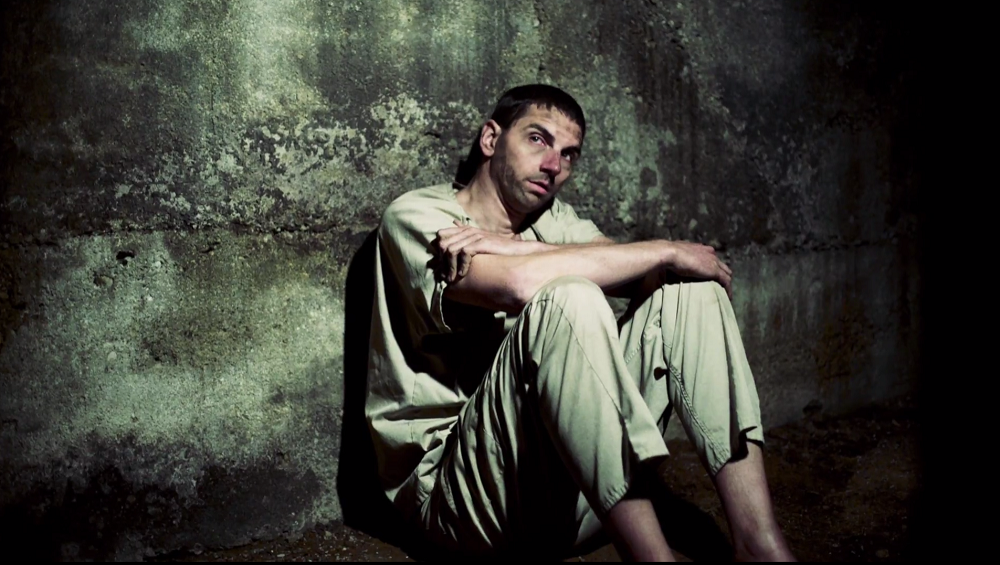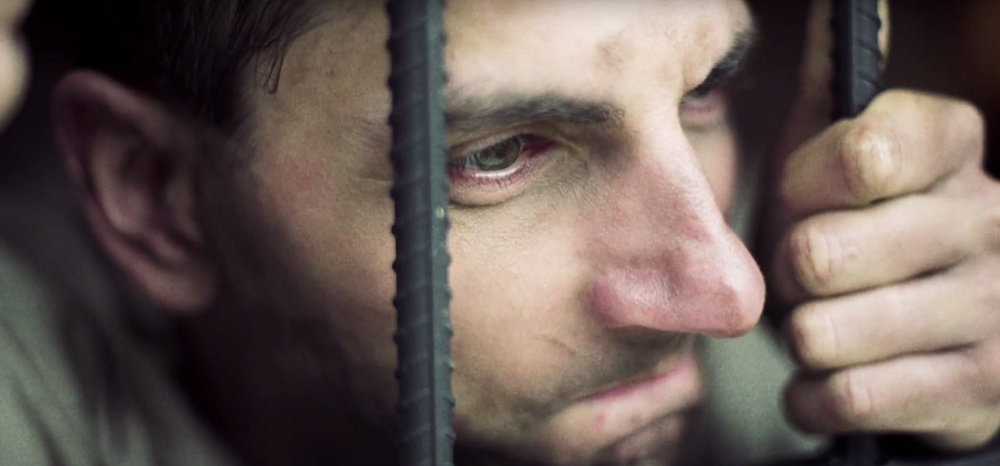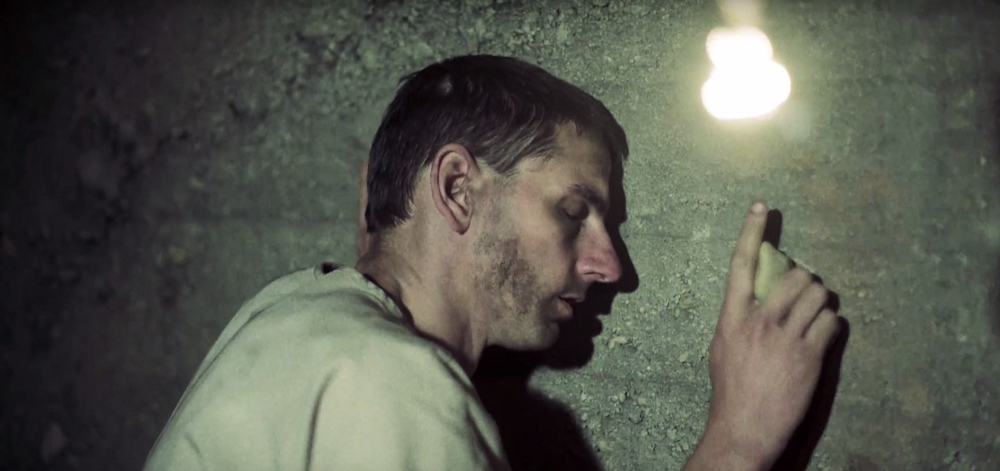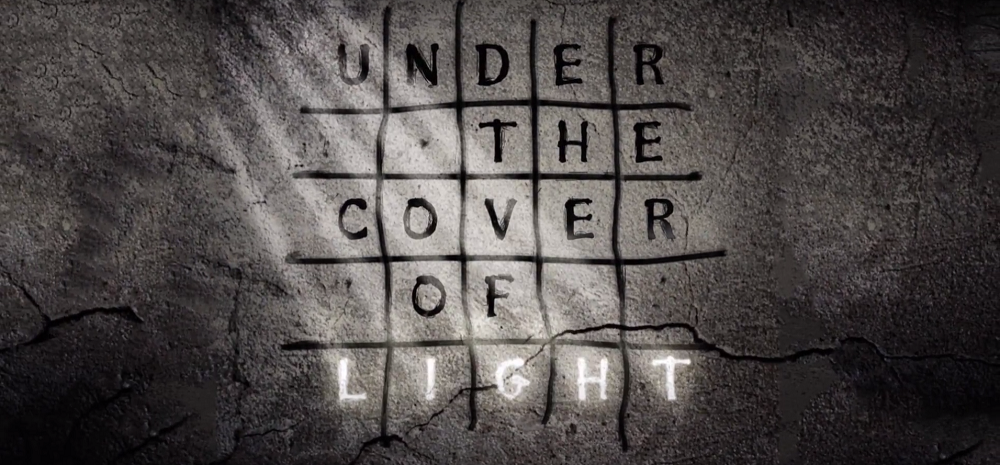May 12, 2017
The Secret Code Prisoners of War Used to Survive in Vietnam
The Secret Code Prisoners of War Used to Survive in Vietnam

“Hey, new guy . . .”
Jerry hesitated. He was still trying to get his mind wrapped around the fact that he was captured—in prison—and he wasn’t sure who this person was. Could the voice be trusted? He didn’t answer.
There was silence for a moment, then it came again.
“New guy. I’m Commander Bill Franke, F-4 pilot, shot down on 24 August—I’m a few cells down. Who are you?”
Just hearing the voice of another American was overwhelming.
“I’m Captain Tom Curtis, sir, shot down on 20 September, near Vinh— HH-43 pilot, during a rescue mission,” said Jerry.
“All right, Captain. Are you okay?” responded Commander Franke.
“Yes, sir, I’m okay,” Jerry said.
“You are in what we call Heartbreak Hotel,” said Commander Franke.
“You make shoot-down number thirty, best I can figure. And listen: we communicate with a tap code,” he continued.
“We use a five-by-five grid filled with a twenty-five-letter alphabet minus K. Just substitute C when you need to spell with a K. The top row across is ABCDE, second row across is FGHIJ, and so forth. There’s a grid scraped into the walls in your cell somewhere—can you find it?”
“Hang on,” said Jerry, and he began to look.
The walls were gray, at one time whitewashed with some kind of stain but now covered in dirt and soot.
At first glance, it looked like there were marks everywhere. Suddenly, toward the back of one corner, it appeared there might be something with letters.
It was scratchy and unclear, but sure enough, when scrutinized closely, Jerry saw a tiny grid, five rows across and five rows down, the spaces filled in with the alphabet, minus K.
“I found it,” Jerry said back.
Commander Franke explained this “tap” method of communicating could be rapped on the walls with knuckles or fists, elbows or cups . . . but it could also be coughed, sniffed, swept with broom strokes, slapped out with wet clothes, waved with hands.
The letter B, for example, would be one tap, indicating the first row, then pause; next, two taps, indicating the second letter across.
He also gave Jerry a stern warning. “Communicating is risky business—if you’re caught, you’ll be punished.”
He elaborated no further.
Franke went on to tell Jerry that an earlier prisoner, Captain Carlyle S. “Smitty” Harris, had brought the “tap code” into the prison.
In later years, Jerry heard the entire, remarkable story. When Smitty memorized it in survival school, he had no idea what an incredible gift he would be giving hundreds of men in captivity.
Harris had been the fifth prisoner taken by the North Vietnamese after being shot down in his F-105 on April 4, 1965.
During survival training, he had heard one of his instructors mention a type of code used in previous POW situations where Morse code was too lengthy or too complicated for easy communication.2
After class, Harris asked his instructor more about it.
It was then he learned the tap code, used by servicemen as early as World War
I. As Commander Franke explained to Jerry, C is used in place of K since C is used more frequently in spelling. The letters A, F, L, Q, and V form the first letters of each row going down.
Later, Jerry also learned that just a few days before his confinement in cell #1 at Heartbreak Hotel, Colonel Robbie Risner, later Brigadier General Risner, had occupied the same cell.
Risner, one of the senior officers imprisoned in Hanoi, would lead and inspire the hundreds of men who would be incarcerated over long years with his personal courage and commitment, as did several other senior-ranking officers.
Using a rusty nail, Risner had scratched into the cell wall this soul-saving grid.3
And, incidentally, on the same day Jerry was shot down, Risner had issued an order through the camp that all prisoners would be required to memorize and use the tap code.4
For Jerry, it was an inexpressible gift to be able to communicate with other Americans, men dedicated to helping one another through all manner of suffering.
Suddenly, Commander Franke gave a loud cough, indicating a guard was nearby.
All went silent.
But Jerry had been thrown a lifeline, and as a believer, he recognized the trace of God’s divine hand. He thanked God for the gift of the tap code.
The tap code represented what would become one of the most precious resources the men who endured imprisonment in Vietnam possessed—communication.
As God himself had once said, “It is not good for man to be alone.”5
*****
From Under the Cover of Light by Carole Engle Avriett.





